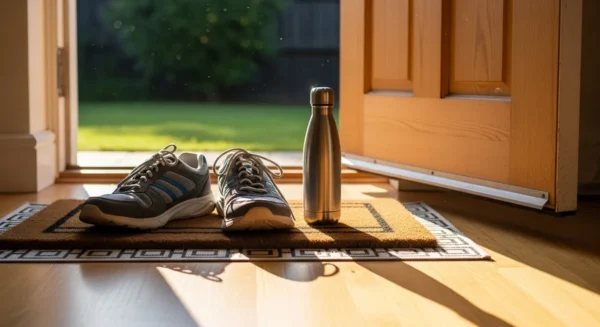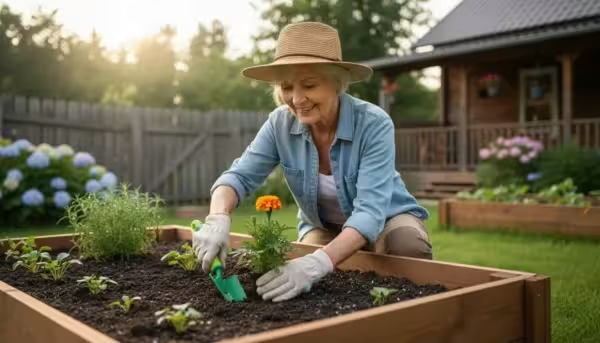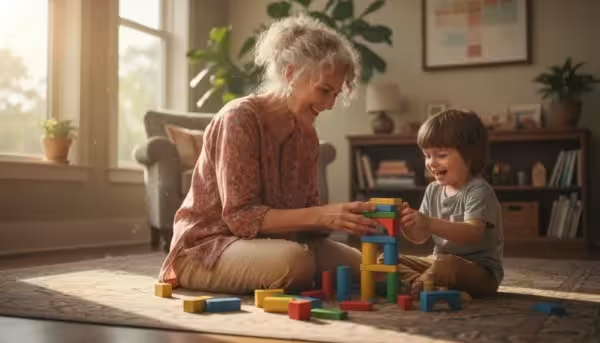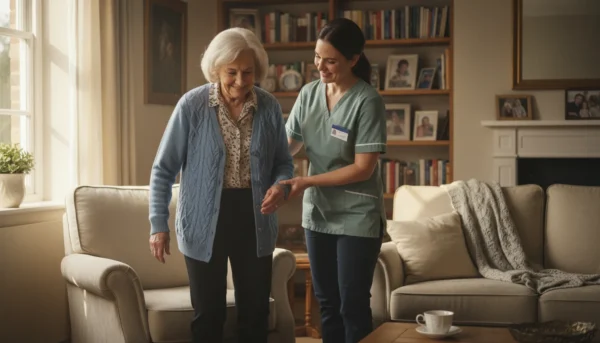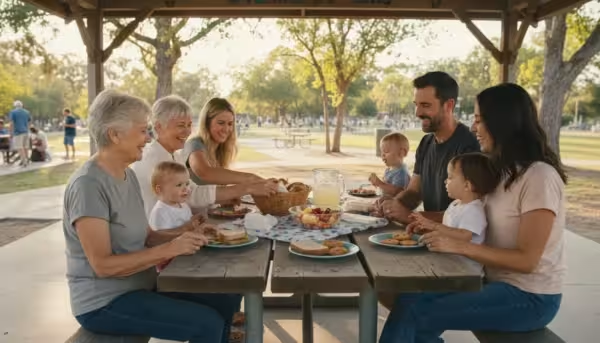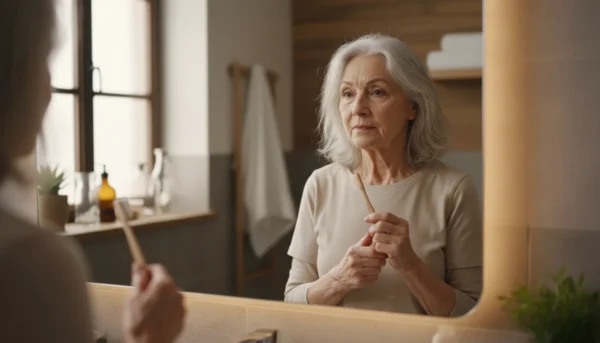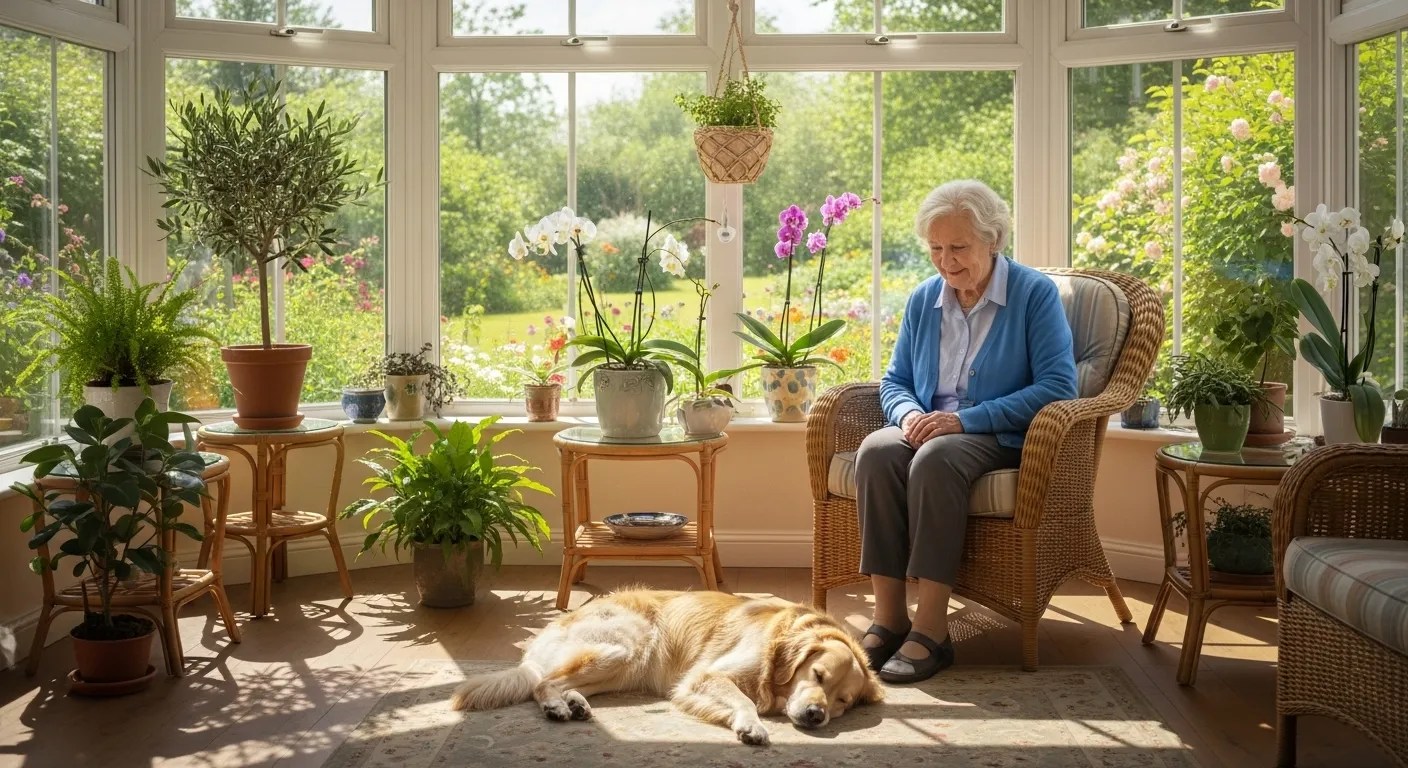
Hello, and welcome. It’s a joy to talk with you today about something that brings warmth and comfort to so many: the special bond between people and animals. As we navigate our later years, the desire for connection, purpose, and simple happiness remains as strong as ever. Sometimes, the most profound source of that joy comes with four paws, a gentle purr, or a happy chirp.
You may have heard the term “pet therapy,” or its more formal name, animal-assisted therapy. This wonderful practice involves spending time with trained animals to help improve your emotional, physical, and mental well-being. It’s more than just having a pet; it’s about the healing power of an animal’s presence.
Whether you’re considering bringing a new furry friend into your home, enjoy visits from a therapy animal, or are just curious about the benefits, this guide is for you. Let’s explore the many ways that interacting with animals can enrich your life, boost your health, and bring a smile to your face.
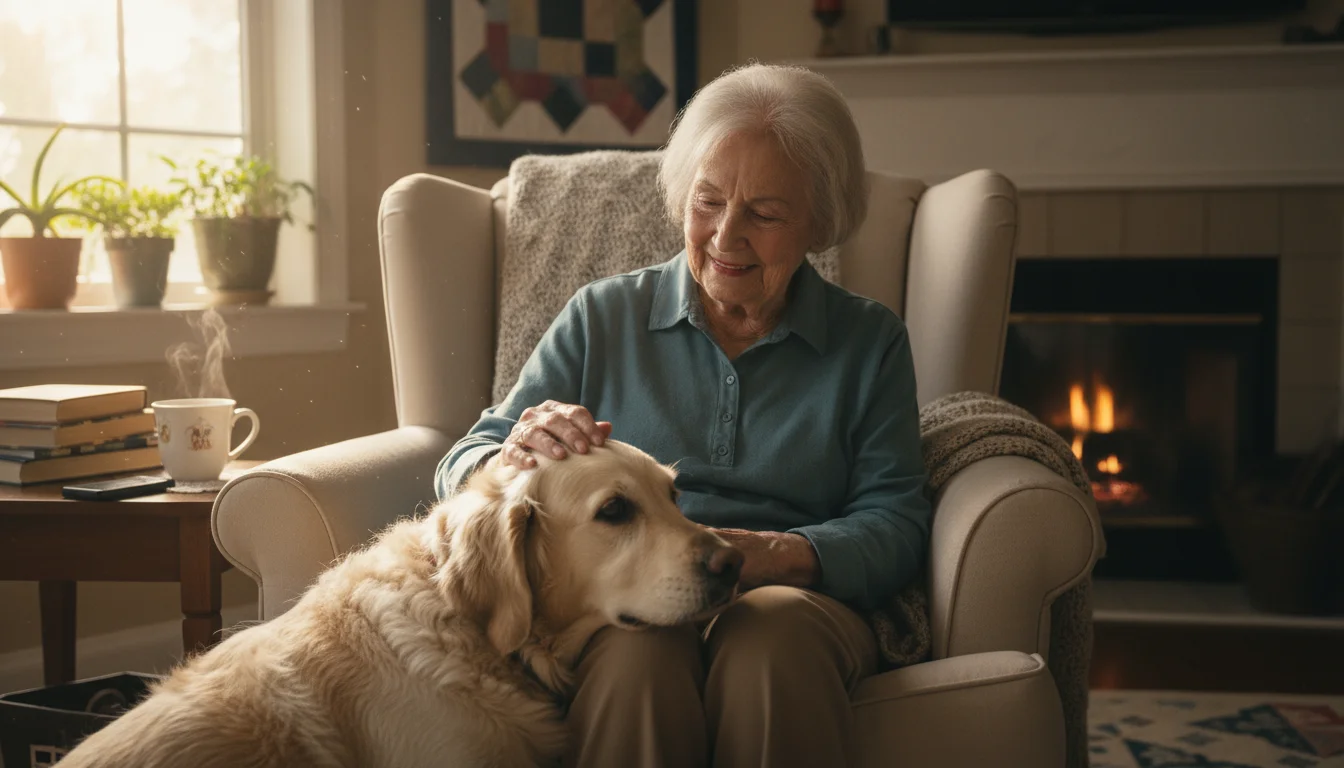
1. Reduce Feelings of Loneliness and Isolation
The ‘Why’: One of the toughest challenges many of us face as we age is a sense of loneliness. Life changes, children move away, and it can be easy to feel isolated. The unconditional, non-judgmental companionship of an animal can be a powerful remedy. An animal’s presence says, “You are not alone,” without ever speaking a word. This consistent companionship is one of the greatest senior companionship benefits available.
The ‘How’:
– Welcome a visitor: Many organizations bring certified therapy animals to senior centers, assisted living communities, and even private homes. Ask your local senior center or search online for “animal-assisted therapy programs near me.” These visits provide all the joy with none of the long-term responsibility.
– Consider adoption, carefully: If your health and living situation permit, adopting a pet can provide constant companionship. It’s vital to choose wisely. An older, calmer cat or a small, low-energy dog is often a better match than a boisterous puppy. Look for a pet whose personality fits yours.
– Volunteer: If full-time ownership isn’t right for you, consider volunteering at a local animal shelter. You can help by cuddling cats, walking calm dogs, or even just sitting and reading to anxious animals. It gives you purpose and provides much-needed affection to animals in need.
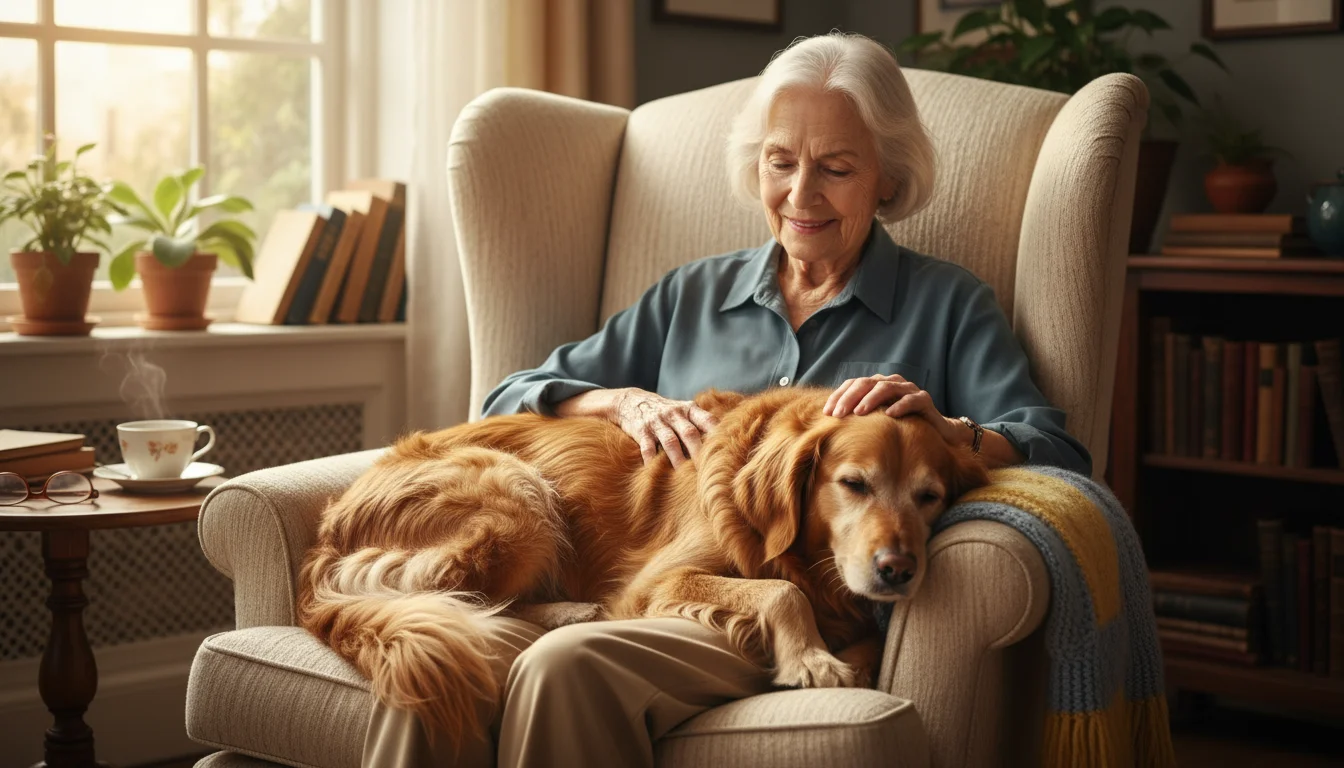
2. Boost Your Mood and Mental Well-being
The ‘Why’: The simple act of stroking a dog or listening to a cat purr can have a profound effect on your brain chemistry. Interacting with a friendly animal can increase levels of oxytocin—often called the “love hormone”—which promotes feelings of trust and bonding. At the same time, it can reduce cortisol, the hormone associated with stress. This makes pet therapy for seniors an excellent tool for managing anxiety and lifting spirits.
The ‘How’:
– Practice mindful petting: When you spend time with an animal, be fully present. Pay attention to the feeling of their soft fur under your hand, the warmth of their body, and the gentle rhythm of their breathing. This simple, mindful exercise can be incredibly calming.
– Engage in play: Gentle play is good for both you and the animal. Tossing a soft toy for a small dog or dangling a feather wand for a cat can spark joy and laughter, which are wonderful mood boosters.
– Talk to them: Don’t feel silly having a conversation with a pet. Talking out loud can help you process your thoughts and feelings in a safe, private way. They are the best listeners and will never judge what you have to say.
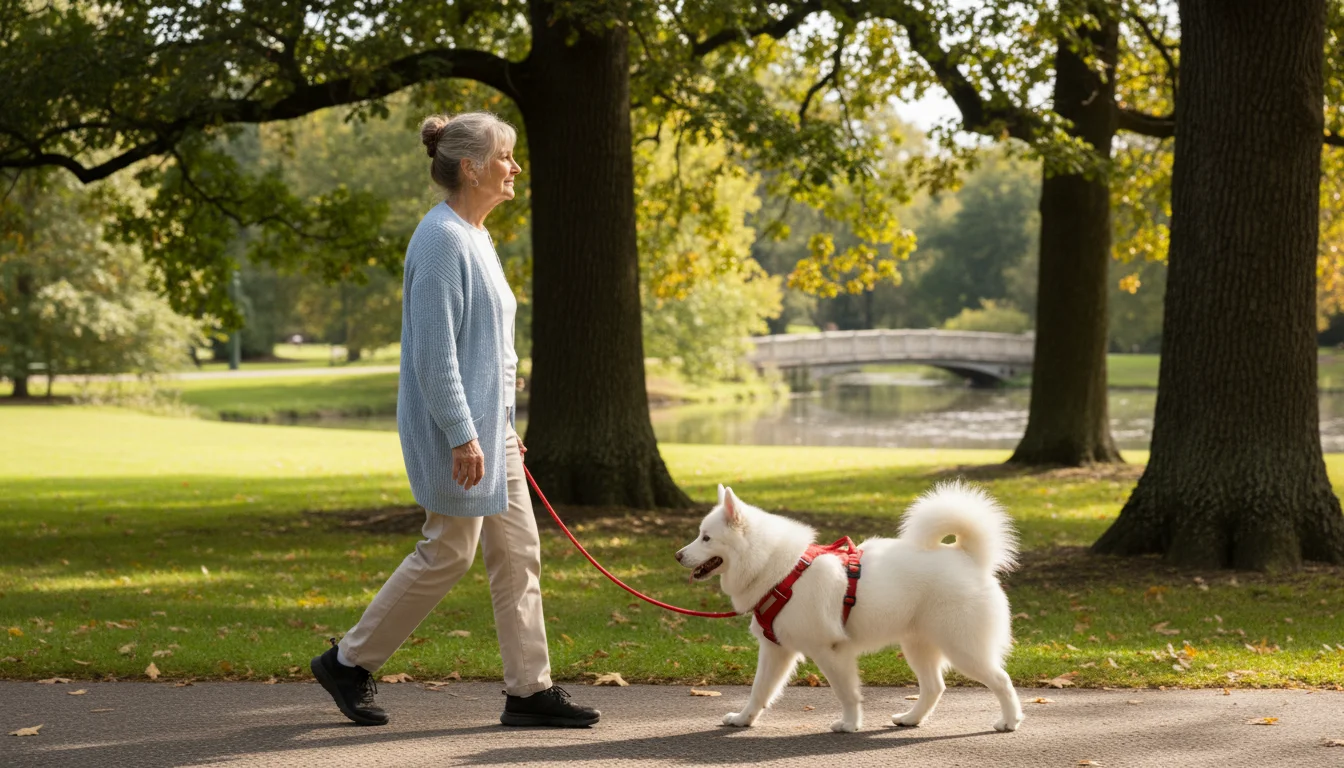
3. Encourage Gentle Physical Activity
The ‘Why’: Staying active is the key to maintaining mobility, balance, and heart health. However, finding the motivation to exercise can be a challenge. A pet, particularly a dog, provides a wonderful reason to get up and move. The responsibility of caring for them encourages a routine of gentle, consistent activity.
The ‘How’:
– Start with short walks: If you have a dog, begin with short, manageable walks around your yard or block. Five to ten minutes, twice a day, is a great starting point. The goal is consistency, not distance.
– Prioritize safety: Always wear sturdy, comfortable shoes with good grip. Use a leash that is a comfortable length and provides good control, and consider a harness, which can prevent pulling on a dog’s neck. Stick to flat, familiar paths and avoid walking during times of extreme heat or icy conditions.
– Engage in indoor activities: If walking is difficult, there are other ways to be active. Gentle stretching on the floor while a cat supervises, or playing a light game of fetch down a hallway, can keep your muscles and joints moving. Even the act of bending to fill a food bowl or cleaning a litter box contributes to your daily movement.
A friendly reminder: Please consult with your doctor or a physical therapist to determine what level of physical activity is safe and appropriate for you.
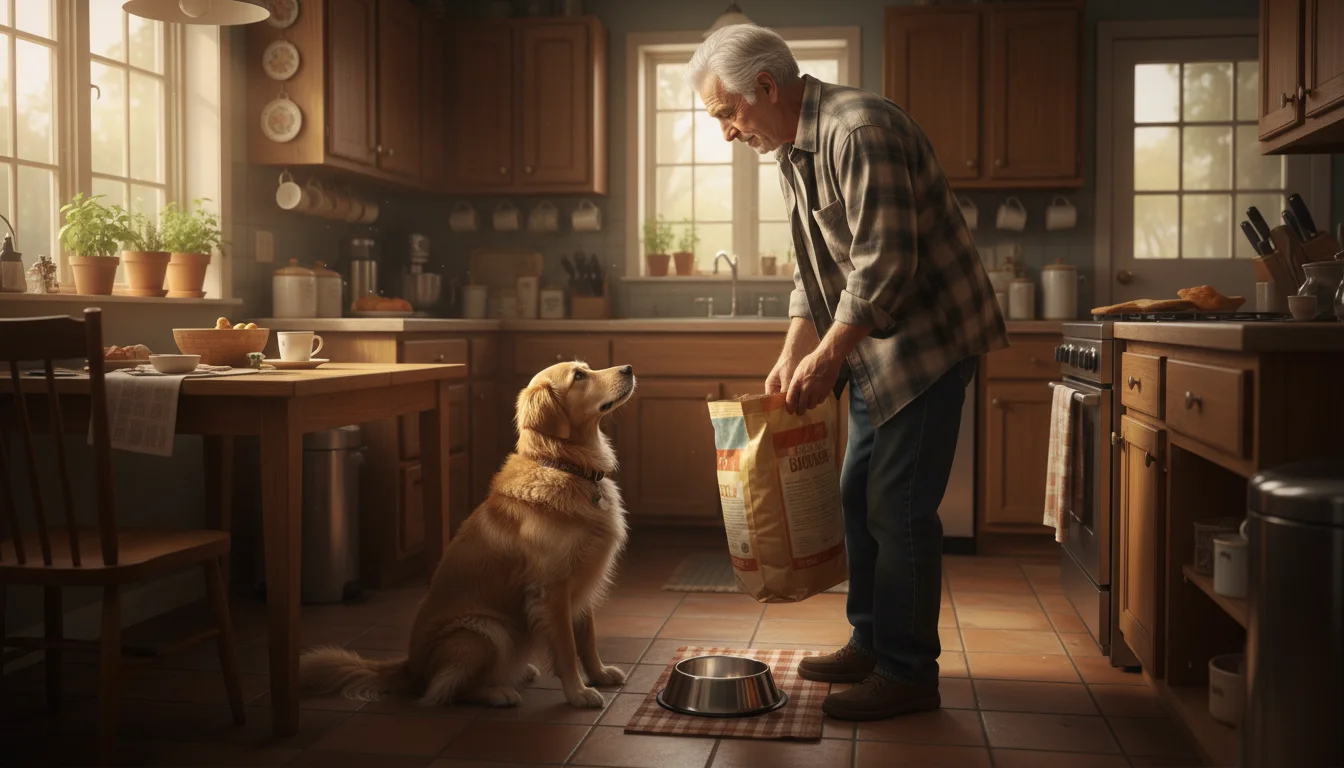
4. Provide a Comforting Daily Structure
The ‘Why’: After retirement, our once-packed schedules can become empty, leading to a feeling of aimlessness. A pet’s needs create a natural and dependable daily routine. This structure can be incredibly grounding, helping to mark the passage of time and providing a sense of purpose each day. Knowing that another living being depends on you is a powerful motivator.
The ‘How’:
– Establish a feeding schedule: Pets thrive on routine. Set specific times for morning and evening meals. This simple task creates two important anchors in your day.
– Build a daily rhythm: Your routine can be simple: wake up, let the dog out, prepare breakfast (for you both!), enjoy some quiet time together, go for a short walk, and so on. This predictable pattern can be very comforting and help with memory and cognitive organization.
– Schedule “together time”: Make time for intentional interaction. This could be a scheduled cuddle on the couch after dinner or 15 minutes of playtime in the afternoon. This reinforces your bond and adds another positive event to your daily calendar.

5. Lower Stress Levels and Blood Pressure
The ‘Why’: Medical studies have shown that animal-assisted therapy can have measurable physical health benefits. The calming presence of an animal has been linked to lower blood pressure, a slower heart rate, and reduced levels of stress hormones. For those managing hypertension or heart conditions, these effects can be a significant part of a holistic wellness plan.
The ‘How’:
– Create a relaxation ritual: Find a comfortable chair, perhaps with a soft blanket. Invite your pet to sit on your lap or at your feet. Close your eyes and focus on your breathing while you gently stroke them. Do this for 10-15 minutes a day to actively lower your stress.
– Observe an aquarium: If you’re not able to have a dog or cat, a fish tank can provide similar benefits. Watching fish swim gracefully through the water has a hypnotic, tranquilizing effect that has been shown to reduce anxiety and lower blood pressure.
– Listen to their sounds: Pay attention to the soothing sounds animals make. A cat’s purr has a frequency that some studies suggest may be therapeutic. The sound of a dog’s gentle snoozing can also be incredibly peaceful and reassuring.
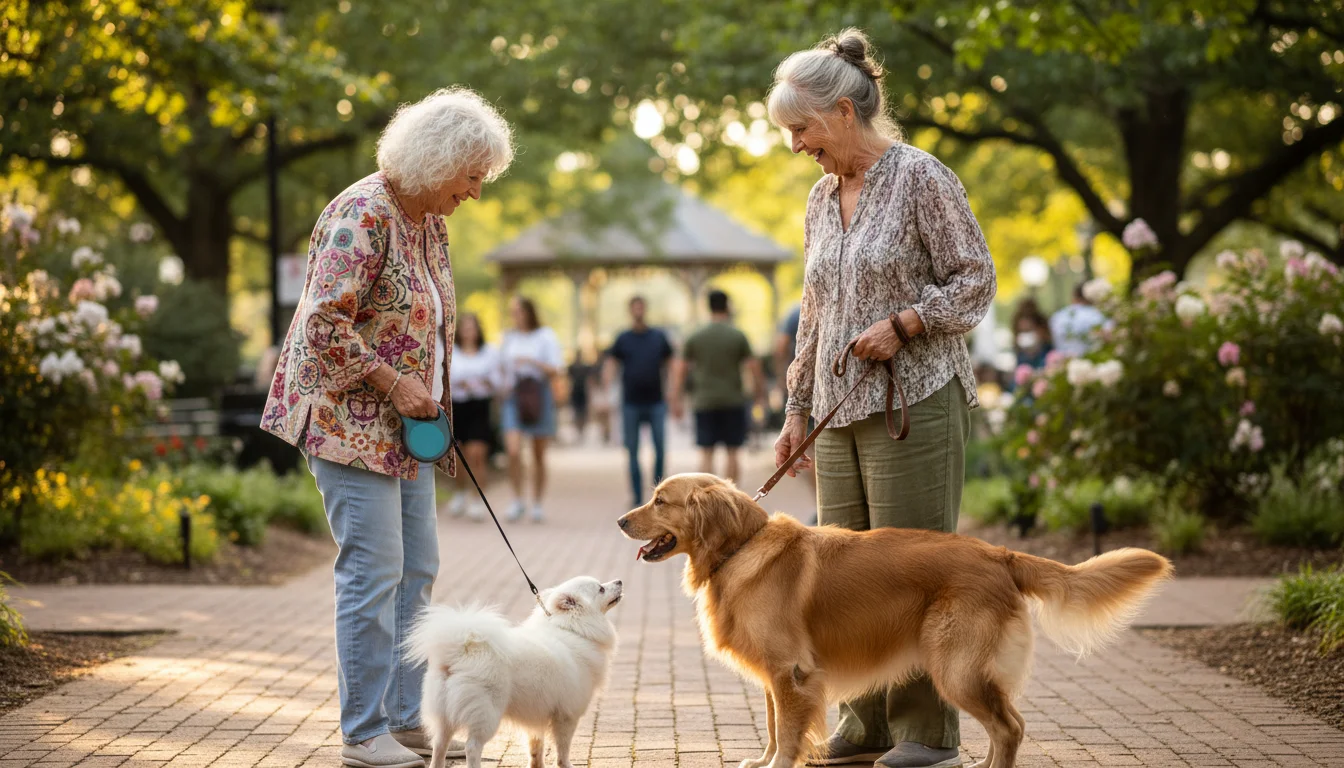
6. Improve Your Social Connections
The ‘Why’: A pet can be a fantastic social bridge, helping you connect with others in your community. They are natural conversation starters and provide a shared interest that makes it easier to strike up a conversation with neighbors or strangers. This helps combat the social isolation we discussed earlier and builds a stronger community network around you.
The ‘How’:
– Take a walk in the neighborhood: When you walk your dog, you become a familiar and approachable presence. People are more likely to stop and say hello to you and your furry companion.
– Visit pet-friendly places: Many communities now have pet-friendly park benches or outdoor cafe patios. These are wonderful places to meet other animal lovers.
– Share photos and stories: In conversations with friends, family, and caregivers, you’ll have a new, joyful topic to discuss. Sharing funny stories or cute photos of your pet is a simple way to foster connection and share happiness. This is a key part of the senior companionship benefits that pets provide.
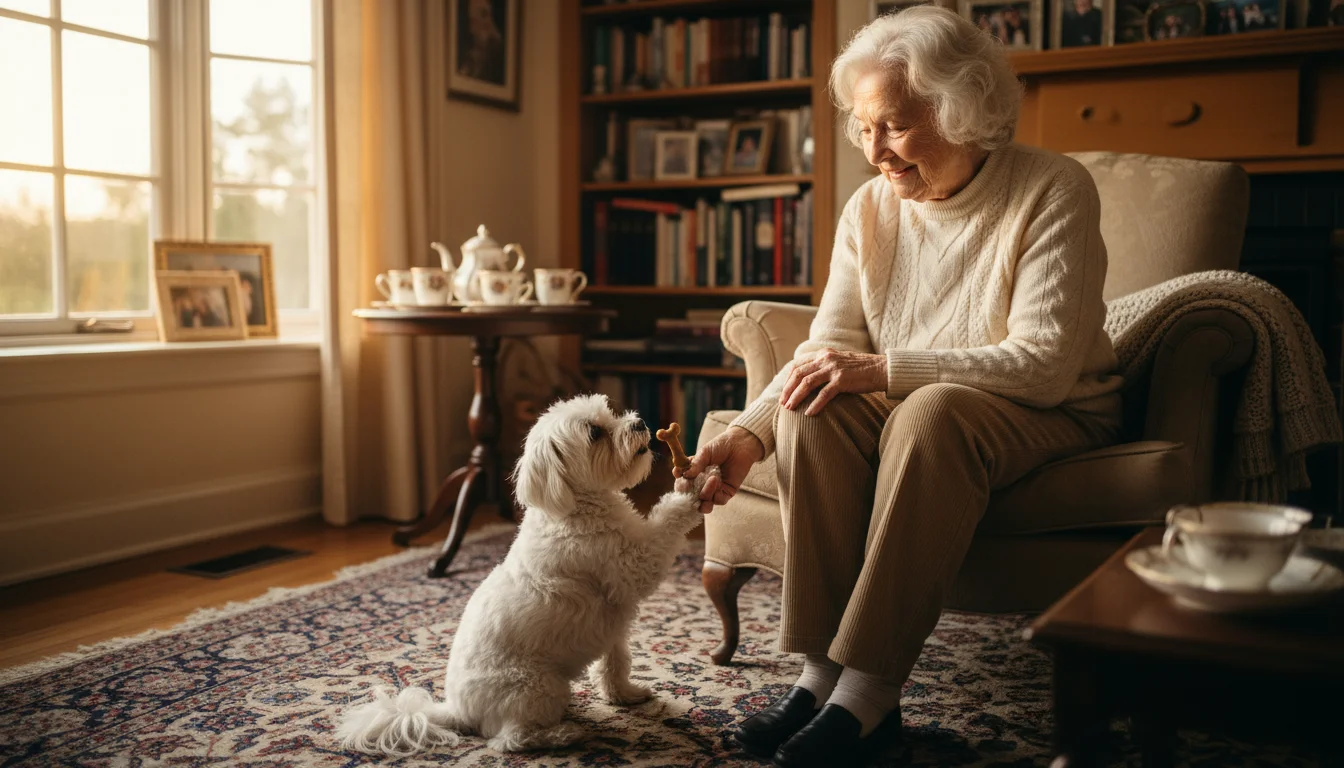
7. Keep Your Mind Sharp and Engaged
The ‘Why’: Just like your body, your brain needs exercise to stay healthy. The responsibilities and interactions that come with pet therapy for seniors can provide gentle, consistent mental stimulation. This engagement can help support cognitive function and keep your mind active and sharp.
The ‘How’:
– Learn about their needs: Researching the best food, toys, or care techniques for your pet is a great way to learn something new and keep your brain working.
– Teach simple commands: Teaching a dog a new, simple trick like “shake” or “stay” requires problem-solving and communication from you. The process is mentally stimulating and rewarding.
– Manage their schedule: Keeping track of feeding times, medication, and veterinary appointments is an excellent exercise for your memory and organizational skills. You can use a calendar or notebook to help you stay on track. This act of care management is a gentle form of cognitive training.
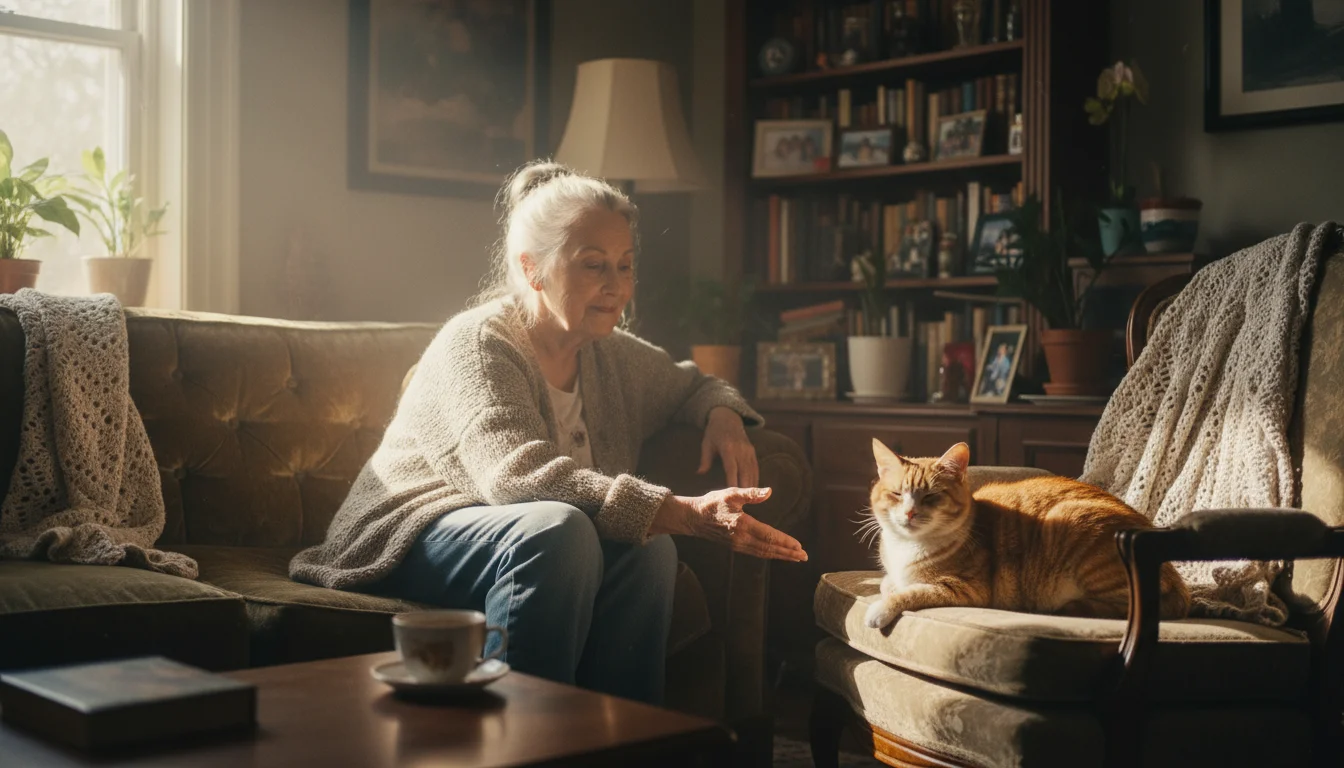
A Final Thought on Finding the Right Fit
The journey into the world of emotional support animals and pet therapy is a personal one. The most important step is to be honest about your own abilities, energy levels, and living situation. For some, the perfect solution is a weekly visit from a certified therapy dog. For others, a quiet, independent cat who loves to nap in sunbeams is the ideal companion.
Remember, the goal is to add joy and comfort to your life, not stress. Please talk with your family and your doctor before making a decision, especially about adopting a pet. They can help you think through all the factors to ensure you find the perfect animal interaction that enhances your health, happiness, and overall quality of life.
For expert guidance on senior health and finance, visit Administration for Community Living (ACL), Eldercare Locator, AARP and Alzheimer’s Association.
|
Fact-Checked Content
Our editorial team reviews all content for accuracy and updates it regularly. Learn about our editorial process →
|





